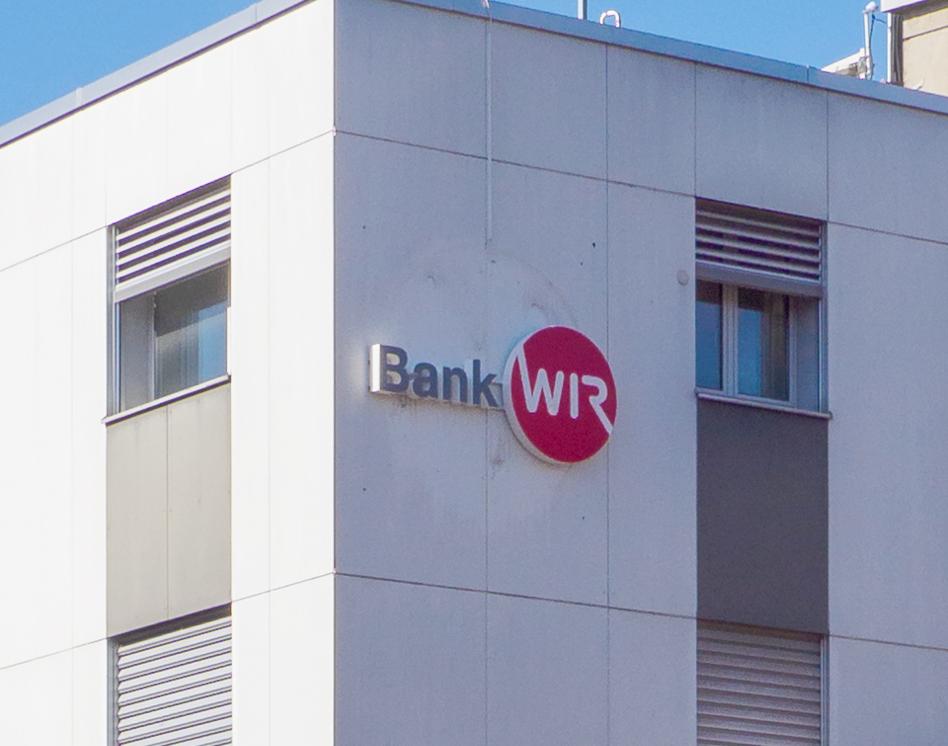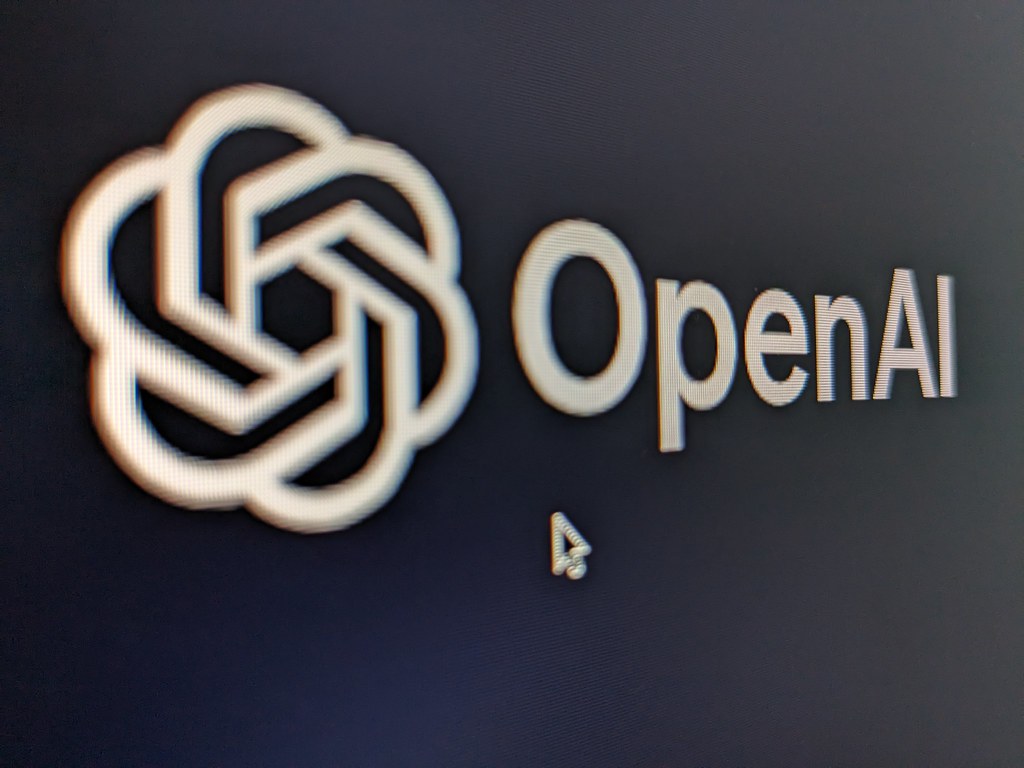More than two decades later, early-stage engineers still learn the quote by heart because the phrase captures a daily hazard in frontier markets: a rival that seems invisible until the term sheet is signed elsewhere. The lesson has aged well, especially for thinly capitalized laboratories racing toward a first commercial launch.
Intel co-founder Andy Grove offered a similarly stark maxim—“Only the paranoid survive”—during a 1990s turnaround that later spread into startup folklore. When MIT graduates recalled Grove in a 2010 commencement report by MIT News, they framed vigilance as operational discipline rather than personality quirk.
Pairing Grove’s warning with Rumsfeld’s taxonomy sets a hard rule for anyone building quantum processors or synthetic-biology foundries: move faster than adversaries you have not yet detected. That imperative reshapes everything from balance-sheet strategy to release cadence.
Strategic Blind Spots
Rumsfeld split risk into three buckets—known knowns, known unknowns, and the murkiest class, unknown unknowns. Startup teams can list patent deadlines or regulatory reviews in the first two categories, but the final bucket covers stealth labs, unpublished filings, or policy drafts still buried in committee.
Treating those blind spots as negligible invites a painful surprise when another company unveils an almost identical device and secures the first enterprise contract. In frontier sectors where switching costs are high and standards harden quickly, second place often means no place at all.
Founders therefore widen the information funnel far beyond standard competitive-intelligence scans. Veteran operators scrape patent databases weekly, cross-reference hiring spikes on peer LinkedIn pages, and debrief advisors who sit on conference selection panels.
The goal is not omniscience—no amount of web crawling spots every stealth project—but a running estimate of how much may lurk off-screen. Even a rough map of uncertainty shapes funding asks and head-count plans more accurately than glossy slide decks that assume a clear runway.
Yet perfect reconnaissance remains impossible. A rival can still appear with a white-paper, a prototype video, or a government grant that flips customer sentiment overnight. That reality pushes strategy toward speed: shortening the gap between in-lab prototype and real-world feedback leaves attackers less time to overtake an early mover.
Paranoid speed does not eliminate blind spots, but it reduces the window in which a hidden competitor can exploit them.
The Paranoia Principle
Grove likened every technology to an S-curve: slow growth at first, a steep climb, and an eventual plateau. Because no founder can predict the inflection, Grove argued that leaders must assume it is imminent and act accordingly.
Paranoia in this sense is productive. It nudges teams to stress-test pricing models, diversify raw-material sources, and keep burn rates low enough to survive a sudden pivot. The practice helped Intel escape brutal price wars in the 1980s and still guides smaller ventures facing shorter cash runways today.
Deep-tech startups can replicate the habit on a lean budget. Quarterly “kill-the-company” drills, in which staff role-play stealth attackers, often reveal brittle dependencies that looked harmless during sprint reviews. A single-supplier wafer, a niche isotope, or an untested certification path can turn from footnote to existential threat after one geopolitical headline.
Catching the weak link early lets founders budget for redundancy before a crisis inflates costs or closes borders.
Paranoid teams also decide faster. A willingness to ship an imperfect minimum viable product, collect field data, and patch shortcomings in weeks—not quarters—creates momentum that is hard for perfectionist rivals to match.
The prize is not just first revenue; early adopters become reference customers who impose switching costs on any later entrant. In capital-intensive arenas, those sticky relationships can matter more than patents when venture investors weigh follow-on rounds.
Converging Shocks Raise the Stakes
Market turmoil since 2020 shows how low-probability events can pile up. A 2024 briefing by McKinsey & Company calls them “compounding risks” and warns that leaders who frame threats in isolation underestimate systemic damage.
Currency swings, supply-chain snarls, and abrupt rule changes rarely wait their turn. When they collide, capital dries up and customers postpone big-ticket adoption, leaving fragile ventures to seek bridge funding at the worst possible moment.
For deep-tech firms, the memo translates into hedging early rather than reacting later. Teams secure dual suppliers for specialty alloys, negotiate optional manufacturing slots on different continents, and rehearse swap-in cloud regions long before server outages become headline news.
Each step sacrifices a slice of efficiency, but the insurance pays off the first time a dock shutdown delays a critical component. The upfront premium usually looks tiny compared with the cost of idling a multimillion-dollar tool chain.
The same logic applies to venture funding itself. Raising a larger seed round may dilute ownership percentages, but it also buys the time required to retool if an unforeseen regulation blocks a core feature. Experienced investors view the extra capital as a hedge against unknown unknowns, not as reckless hoarding.
Data from several accelerator cohorts show survival odds rising noticeably when teams keep at least 18 months of runway after hardware delivery begins.
The Stealth Trap
Secrecy feels safer when intellectual property is fragile, yet Lean-Startup research paints a darker picture. Harvard Business School professor Thomas Eisenmann observed in 2011 that most new ventures die not because they fail to build, but because they spend too long perfecting the wrong product.
In an analysis summarized by Harvard Business School Working Knowledge, Eisenmann linked stealth mode to runaway cash burn and missed market feedback. By the time reality intrudes, the bank account is empty and pivots are no longer affordable.
Isolation widens the knowledge gap about what buyers actually need. Engineers debate edge-case performance while potential customers struggle with onboarding or regulatory paperwork the team never saw.
Each silent month pushes the launch date further into a macrocycle over which founders have little control. If public capital markets tighten or a strategic acquirer pauses deal flow, the stealth venture finds itself with a prototype nobody has validated and no liquidity to fix course.
Stealth therefore demands a strict clock. Successful teams define an unveil date during the first capital raise and back-plan proof points they must hit before stepping onstage.
Without that external timer, secrecy mutates from shield to blindfold, hiding competitive signals the team can least afford to miss.
Selective Secrecy That Worked
Some companies do harness secrecy without stalling. Virta Health, profiled in a 2024 case study by the Stanford Graduate School of Business, stayed quiet while validating a metabolic-therapy protocol in the tightly regulated health-tech sector.
Founders raised sufficient capital up front, recruited clinical advisers, and secured early regulatory guidance before revealing the platform to insurers and employers. Once those pieces aligned, Virta shifted from lab to nationwide rollout in under a year, leaving slower rivals to pitch pilots against an already operational network.
Electric-vehicle maker Rivian chose an even longer arc. According to a 2018 profile by MIT News, the company spent nine years refining prototypes, tooling factories, and raising nearly half-a-billion dollars before unveiling two production-ready trucks.
That patience came with a catch: once prototypes met internal targets, executives sprinted to lock battery suppliers and secure preorders before larger automakers could field similar specs. The contrast shows that secrecy can protect core ideas only while founders accumulate the capital, talent, and permits needed to scale at launch velocity.
Both cases reveal common guardrails. Stealth covered the vulnerable gestation period, but each team measured progress against external deadlines—clinical trials in Virta’s case, factory milestones in Rivian’s.
When those gates cleared, leadership moved into the spotlight rather than seeking another round of perfecting. The strategy left would-be imitators scrambling to catch up after the brand story had already hardened.
The takeaway is not that secrecy is bad per se. It is that the clock starts the moment capital is wired. Without a predefined exit from stealth, the cost curve rises faster than confidence, and unknown unknowns switch from manageable risk to fatal blow.
A Playbook for Founders
First, secure more capital than the milestone spreadsheet demands. Unknown unknowns inflate budgets, and a thicker buffer buys the right to pivot without emergency funding at punitive terms. Investors often accept modest extra dilution early because the alternative is a down-round rescue after sunk-cost lock-in.
Second, ship something usable within months, not years. A working minimum viable product reveals integration headaches—latency, packaging, safety testing—that simulation rarely captures. Each iteration embeds the technology into customer workflows, raising implicit switching costs and forcing stealth competitors to hurdle higher expectations.
Third, institutionalize paranoia. Maintain a living risk register that lists potential stealth peers, emergent standards, and geopolitical flashpoints. Review ownership of each item every quarter, and treat a blank cell as a sign to widen the search rather than proof of safety.
Finally, balance disclosure. Protect algorithms and process parameters, yet share enough road-map detail to recruit senior engineers, reassure regulators, and attract supply-chain partners. Execution speed, visible through incremental releases and transparent milestones, signals strength far louder than ambitious secrecy alone.
Conclusion
Deep-tech founders cannot banish the dark forest of hidden rivals, but they can shorten the distance between discovery and deployment. Capital reserves, rapid launches, and disciplined paranoia shrink the odds that an unseen competitor will strike first.
History suggests the startup that races from lab bench to market traction writes the rules others must follow. In a world of unknown unknowns, speed backed by vigilance remains the surest defense.
Sources
- U.S. Department of State. "Pentagon briefing transcript." U.S. Department of State, 2002.
- MIT News. "Ray Stata's Commencement Address." MIT News, 2010.
- McKinsey & Company. "How CEOs can mitigate compounding risks." McKinsey & Company, 2024.
- Harvard Business School Working Knowledge. "Teaching a ‘Lean Startup’ Strategy." Harvard Business School, 2011.
- Stanford Graduate School of Business. "Launching Virta Health." Stanford Graduate School of Business, 2024.
- MIT News. "Startup founded by MIT alumnus unveils electric vehicles for the future." MIT News, 2018.




